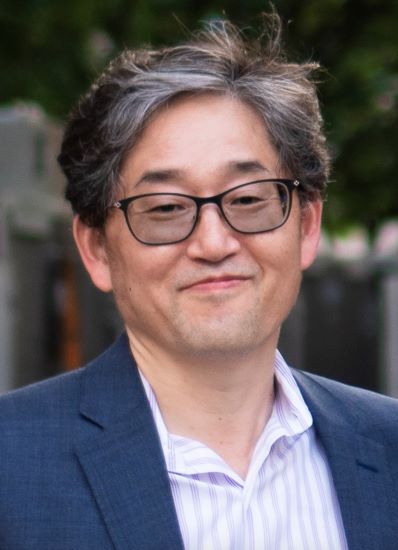Department of Chemistry Seminar - Seogjoo Jang

Apr
18
2025
Description
The Department of Chemistry presents: Seogjoo Jang
Queens College, City University of New York
Host: Doran Raccah
Title: Rate Theories and Computational Methods for Quantum Transitions and Dynamics of Electronic Excited States and Excitons
Location: NHB 1.720
Significant advances were made during the past two decades in the characterization of electronic excited states and molecular excitons. There have also been impressive advances in real time quantum dynamics methods addressing their transitions in complex molecular environments. However, for slower processes that involve substantial quantum effects and are functionally important, rate equation approaches remain proper or the only practical ways to characterize them quantitatively while incorporating calculation data from first-principle calculation data. To this end, there are important rate theories, mostly based on Fermi’s golden rule (FGR), which have been widely used. However, many of them need further refinement and improvement in order to account for important quantum effects and molecular details that are apparent according to recent experiment and computational studies. This talk explains our theoretical and computational advances addressing these issues, in particular, for nonradiative decay of electronic excited states and resonance energy transfer. For organic dye molecules as examples, it is shown that significant improvements are possible through careful consideration of quantum effects even at the FGR level. This talk also provides an overview of our ongoing efforts to characterize and calculate transition rates of excitons in photosynthetic light harvesting complexes. More broadly, for quantum transitions in complex molecular systems that go beyond simple rate description, utilization of advanced quantum dynamics approaches becomes necessary. To this end, we have been making efforts to develop various open system quantum dynamics methods. These include approaches incorporating polaron transformation into quantum master equation, new theoretical and computational advances in quantum Fokker-Planck equation, and new algorithms for the quantum dynamics of general time Hamiltonian. Implications of these methods for driven open system quantum dynamics processes such as in quantum sensing are discussed.
